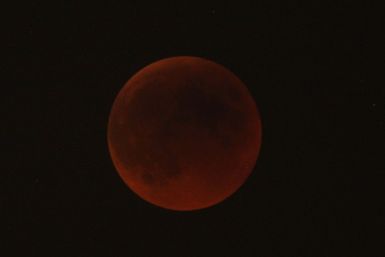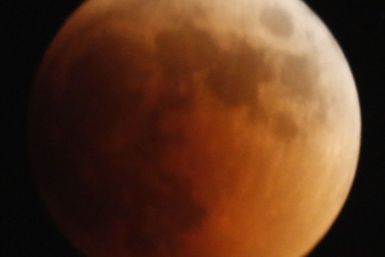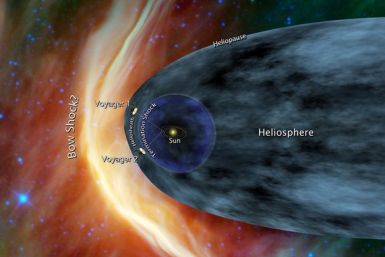Based on the data from its Spacecraft MESSENGER, NASA scientists have made some surprising discoveries about the planet Mercury. The spacecraft, first ever to orbit Mercury, is providing scientists important clues to the origin of the planet and its geological history to better understand its dynamic interior and exterior processes.
Flashing gamma rays observed in March from a supermassive black hole have been traced to a star falling into the massive black hole and being ripped apart, astronomers say.
Photos taken by the Deep Impact spacecraft have revealed an unusually hyperactive little comet, called Hartley 2, which spews inordinately high amounts of dry ice and carbon dioxide into space. For scientists, the new images from Deep Impact's comet flyby have come across as weird and strange. The comet behaves mysteriously --it spews out more water and dry ice than any other comet of its size, and it spins rapidly as it tumbles while most other comets rotate slowly in one direction.
NASA (National Aeronautics and Space Administration) and DARPA (Defense Advanced Research Projects Agency) are seeking help from citizens for sending humans on interstellar space missions by 2111
The concept of interstellar space travel may be a fantasy as of now, but scientists are trying to make it a reality, and they are looking for ideas.
A dazzling burst of gamma rays observed in March from a supermassive black hole could have been due to a star falling into the massive black hole and being ripped apart, according to a team of astronomers.
NASA scientists are getting important clues to the origin of the planet Mercury, as MESSENGER, the first spacecraft to orbit the planet, is providing ‘surprising’ data.
Powerful gamma ray flashes first detected by NASA in late March this year may have been the death rattle of a Sun-sized star falling into a previously dormant black hole and being ripped apart, astronomers reported on Thursday.
The moon often changes colors during a solar eclipse, but witnesses saw a spectacular red across the moon during yesterday's eclipse. What's the reason?
The moon often changes colors during a solar eclipse, but witnesses saw a spectacular red across the moon during yesterday's eclipse. What's the reason?
The sun may be heading for a rest period as the sunspot cycle seems to be fading and entering towards its maximum, and there are indications of weakening magnetic activity near the poles.
Many parts of the world witnessed total Lunar Eclipse on June 15, 2011, which is said to be the darkest and longest of the century, until a similar eclipse occurs again in next century in the year 2141.
Google Doodle has come to the rescue of people in North America who missed a rare opportunity of witnessing a long lunar eclipse that began on Tuesday night.
NASA's Voyager 1 could exit our solar system by 2012 and go where no man-made object has ever gone, says a new study.
Both Qantas and Virgin Australia canceled flights that were scheduled for Thursday to New Zealand and (until early morning) to the western Australian city of Perth as the ash cloud from Chile’s Puyehue volcano continued to spread and strand thousands more travelers.
The weakening activity and fading sunspots in the sun and the activated volcanoes suggest that history truly repeats itself - the Little Ice Age is coming back.
Wednesday's rare total lunar eclipse promises to be 100 minutes long. The full event can be seen from from the eastern half of Africa, the Middle East, central Asia and western Australia.
Moon will appear changing color from brilliant silver to between bright orange and blood red during the eclipse, NASA said in a statement. Find out why.
Everybody is gearing up for a date with a moon that will turn scarlet in the shadow of Earth. You are lucky if you manage to be in Africa, Central Asia, South America, Europe, Australia or Philippines because you will be the ones to witness total lunar eclipse.
An Italian space enthusiast named Matteo Lanneo claimed to have found a structure on the face of Mars that looks like Mahatma Gandhi.
Presidential candidate Newt Gingrich said NASA has been an absolute case study in why bureaucracy can't innovate.
New data released Tuesday at the annual meeting of the solar physics division of the American Astronomical Society in Las Cruces, New Mexico, may suggest that we are headed towards a solar event that hasn’t happened in hundreds of years.

















![Lunar Eclipse 2011: Top 10 Rarest Moment [PHOTOS]](https://d.ibtimes.com/en/full/33887/lunar-eclipse-2011-top-10-rarest-moment-photos.jpg?w=385&h=257&l=50&t=30&f=6c60c79c76ac7696e3f72357c5952c90)






















